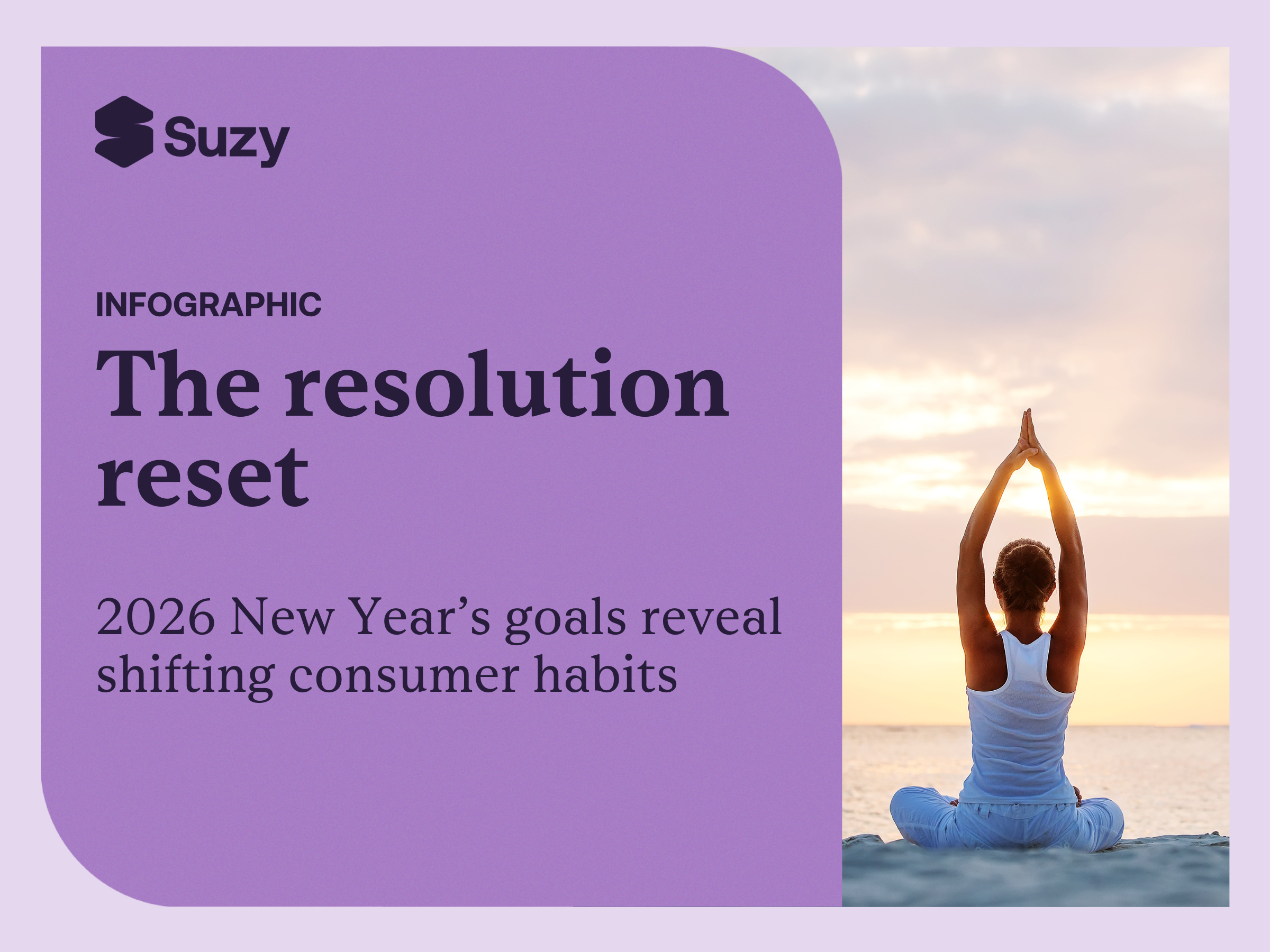One of the most difficult parts of qualitative market research is data analysis. When faced with a library’s worth of text responses or a multiplex worth of video responses, what can you do to speed up the processing of all that information? AI qualitative data analysis is the answer.
Historically, it’s taken market researchers a long time to crunch the data from text and video-open ends and other qualitative data outputs. That’s because it’s typically difficult to manually analyze the data and nearly impossible to automate the process.
Fortunately, the advent of AI offers multiple benefits for market researchers. Take video open-ends (VOE) and text open-ends (TOE) for example. Often used for asynchronous qual research at scale, analyzing the output of open-ended responses usually requires a lot of effort. The same is true for analyzing qualitative insights from focus groups, in-depth interviews, and other qualitative methods.
AI can help people across the enterprise, whether you work in insights, innovation, marketing, or shopper, by quickly identifying key themes in qualitative responses and taking into consideration factors like sentiment and context. With AI, you can quickly analyze the data and feel confident in the results.
Let’s explore how AI can help market researchers quickly, thoroughly, and efficiently analyze qual data with Suzy’s new Qual and Text and Video Open-end AI Summaries for faster insights.
The typical qualitative output and how to analyze it with AI
Whatever qualitative methodology you use, your output will likely be text-based. That’s true when you’re running video market research, too. While you may analyze the video for hidden insights, like expressions or other sentiments, ultimately you will look at the transcript for your insights.
That’s where the strength of generative AI tools comes in. Excelling at text-based content generation, summarization, and analysis, generative AI can take a bunch of data and quickly find the key themes, common attitudes, and sentiments, and even tell you what to look at next in your research.
At Suzy, AI qualitative data analysis typically offers a few different outputs.
- Executive summary: A one to two-sentence summary for a high-level overview of all your results.
- Key learnings: Get a list of key insights at both the interview level and the project level for faster, easier analysis
- Key themes: What were the most common sentiments, attitudes, and behaviors among the consumers you surveyed? The key themes will distill these important insights for you, along with theme descriptions.
- Top phrases (COMING SOON): Want to infuse some quant data into your qualitative findings? The top phrases feature will show you a list of the top-used words and phrases, plus the number or percentage of times they were used.
- Implications: So you got all your data. But what does it mean, and how can you act on it? AI can assess the overall implications of your project, like the next steps, potential action items, and takeaways.
- Timestamps, quotes, and video clips: One of the most important aspects of our qual data analysis tools is the evidence. We offer timestamps, quotes, and clickable quotes so you can see exactly where the AI tool pulled the insights from and back up your findings for your stakeholders.
Ensuring accuracy from AI qualitative data analysis
To ensure valuable and accurate output, we turned to our internal Center of Excellence team, the core of experts who deliver world-class research for our clients. Drawing on their decades of experience, our team refined the master prompt through interviews, focus groups, and analysis. They identified key learnings, themes, and implications and paired them with detailed instructions so our AI tools format and build the summaries effectively.
Developing and refining the master prompt for the feature required great care and precision. Our Center of Excellence team created dozens of sample response transcripts and best-in-class analyses of those transcripts, which informed explicit instructions on how to format and support each aspect of the summary. Therefore, our Qual, VOE, and TOE Summaries have been designed to ensure that users can benefit from the most accurate insights possible.
Challenges of AI qualitative data analysis
Human oversight will always be necessary for any AI output. While we’ve gone to great lengths to ensure our tool provides helpful, high-quality, and actionable outputs, it’s always a good idea to check the results with a human expert. After all, AI is not meant to replace human market researchers but to augment their abilities and speed up their processes.
How does Suzy protect data during AI qualitative data analysis?
Your data is confidential and under your control. Our AI features are opt-in only, so you can decide whether you want to harness the power of AI for your research on Suzy. We protect your data by a private instance, and we protect our audience members by automatically redacting personal information from transcripts before they’re input for summarization.
Learn more about our approach to AI.
Discover AI qualitative data analysis at Suzy
At Suzy, even before we began to create AI tools, we wanted to focus on trust. That meant building AI tools responsibly and creating enterprise-grade AI. Here’s our approach to AI:
- Accuracy in our outputs: Our team drove the design and development of the prompts that are built into each of our AI features to ensure they produce accurate, high-quality, and trustworthy outputs that adhere to market research best practices.
- Compliance in how we handle data: Customer data isn’t used, shared, or accessible with any public AI models or companies, like ChatGPT.
- Transparency in how and when AI is leveraged: Not only do customers control whether they opt into AI at the dashboard level, but they also have the power to opt in at the feature level and project level.
Ready to get started with AI-powered qualitative data analysis? Book a demo with our team today.
.webp)







